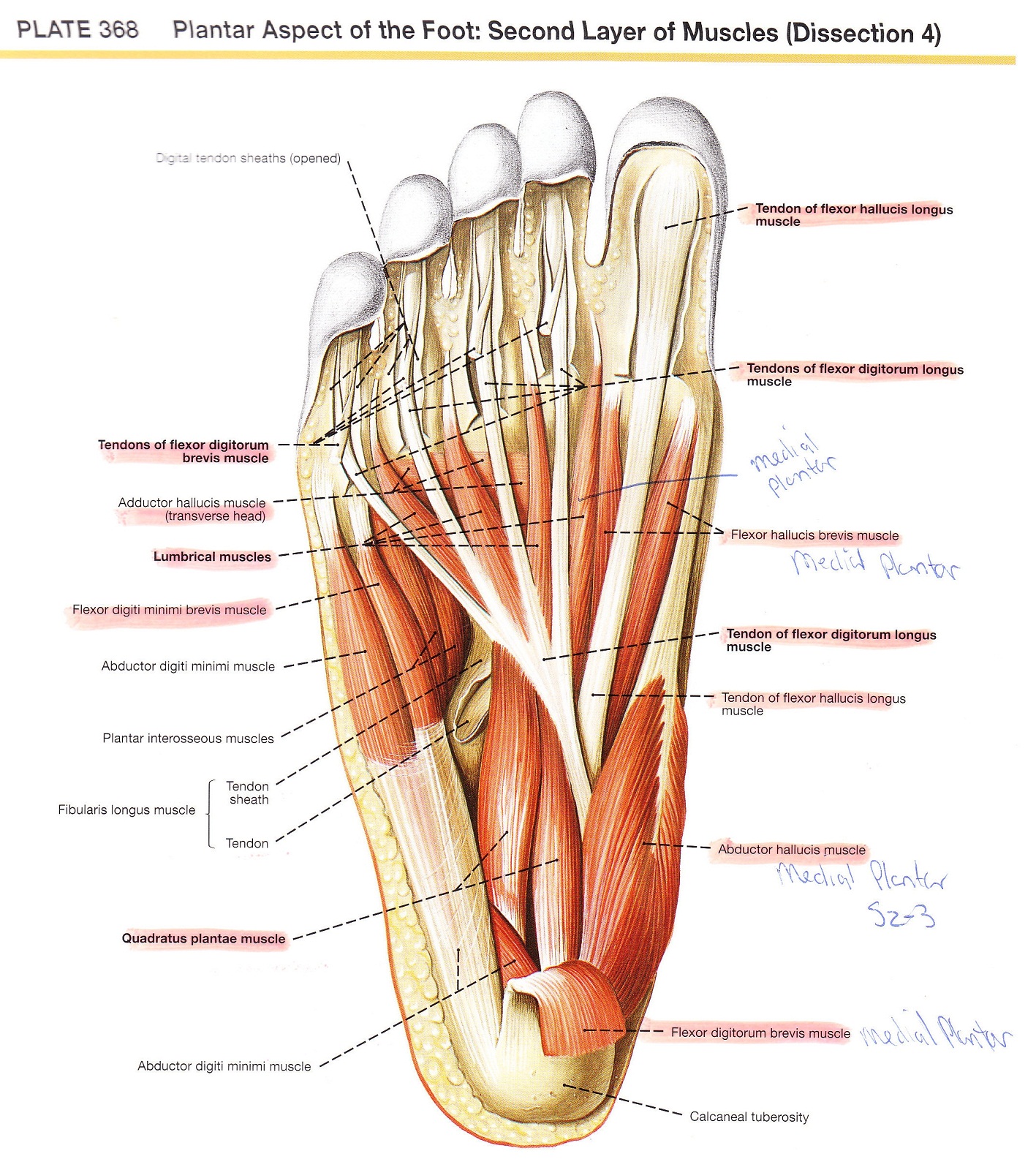
Diagrams of Foot 101 Diagrams
What are the Parts of the Foot Called? The feet are flexible structures of bones, joints, muscles, and soft tissues. They allow us to perform activities like walking, running, and jumping. Bones of the Foot The foot is divided into sections: The forefoot contains the five toes (phalanges) and the five longer bones (metatarsals).
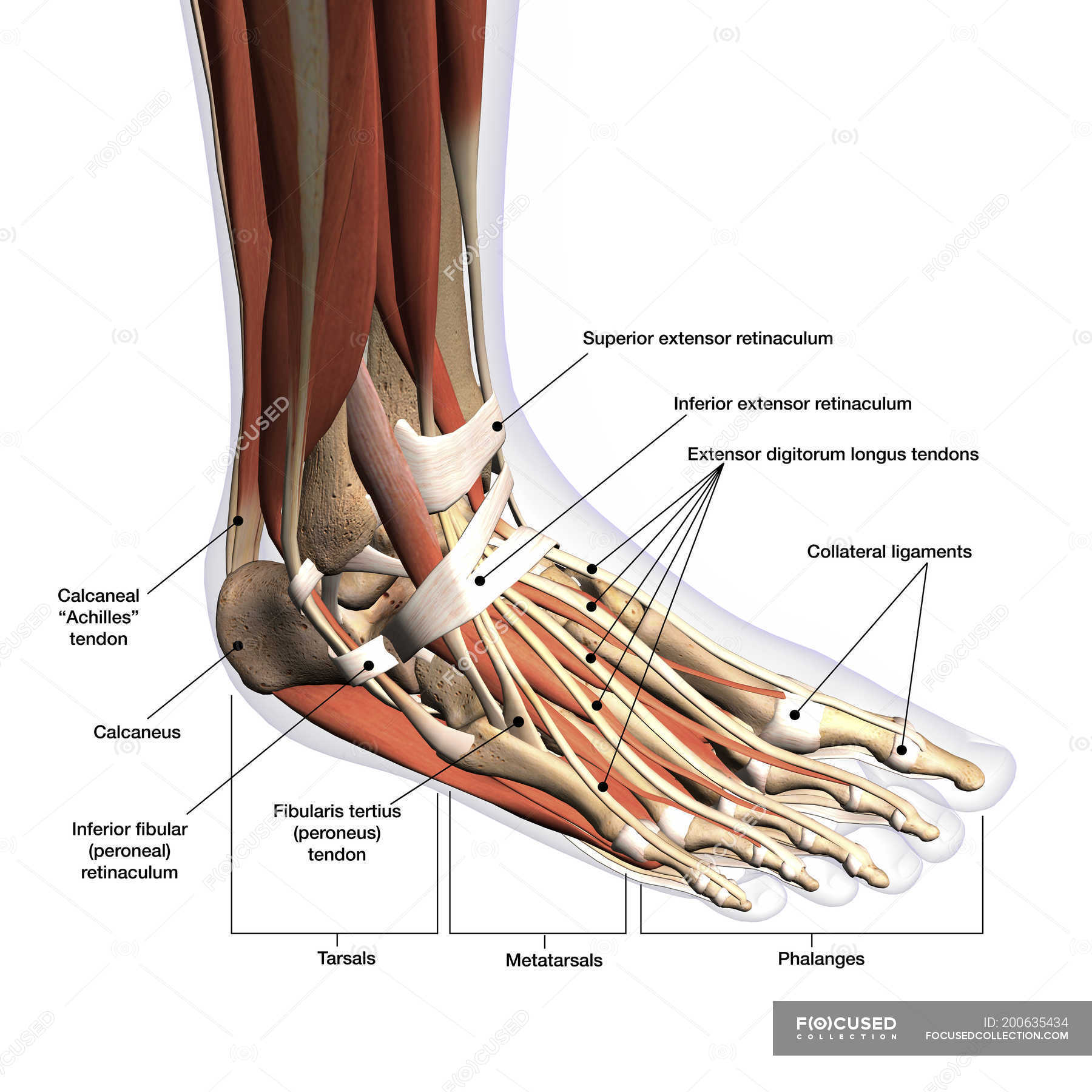
Anatomy of human foot with labels on white background — ankle, leg
The foot ( pl.: feet) is an anatomical structure found in many vertebrates. It is the terminal portion of a limb which bears weight and allows locomotion. In many animals with feet, the foot is a separate [clarification needed] organ at the terminal part of the leg made up of one or more segments or bones, generally including claws and/or nails.
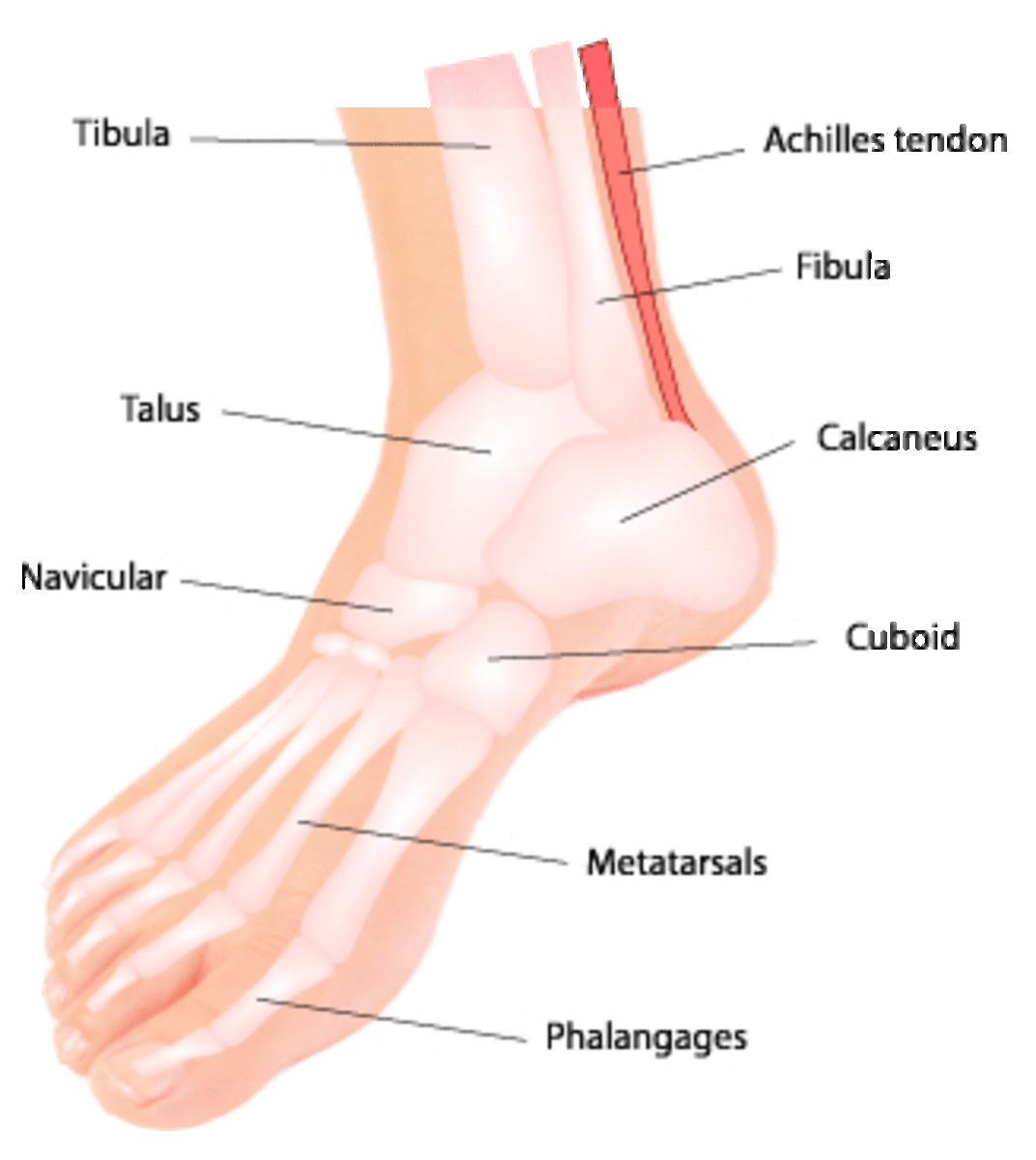
Foot Pain Natural Relief and Herbal Remedies HubPages
Foot Anatomy The foot contains 26 bones, 33 joints, and over 100 tendons, muscles, and ligaments. This may sound like overkill for a flat structure that supports your weight, but you may not realize how much work your foot does!

Foot Anatomy 101 A Quick Lesson From a New Hampshire Podiatrist Nagy
The muscles acting on the foot can be divided into two distinct groups; extrinsic and intrinsic muscles.. Extrinsic muscles arise from the anterior, posterior and lateral compartments of the leg. They are mainly responsible for actions such as eversion, inversion, plantarflexion and dorsiflexion of the foot. Intrinsic muscles are located within the foot and are responsible for the fine motor.

Foot Pain Diagram exatin.info
Foot Anatomy . There are many parts of the foot and all have important jobs. Each foot has 26 bones, over 30 joints, and more than 100 muscles, ligaments, and tendons. These structures work together to carry out two main functions:

Parts Of Bottom Of Foot Anatomy My XXX Hot Girl
The foot is one of the most complex parts of the body. It consists of 28 bones connected by many joints, muscles, tendons, and ligaments. The foot is prone to many types of injuries. Foot pain and problems can cause pain and inflammation, limiting movement. Muscles contract and relax to move the foot.

anatomy of the foot Ballet News Straight from the stage bringing
These bones are arranged in two rows, proximal and distal. The bones in the proximal row form the hindfoot, while those in the distal row from the midfoot. Hindfoot. Talus. Calcaneus. The talus connects the foot to the rest of the leg and body through articulations with the tibia and fibula, the two long bones in the lower leg. Midfoot. Navicular.
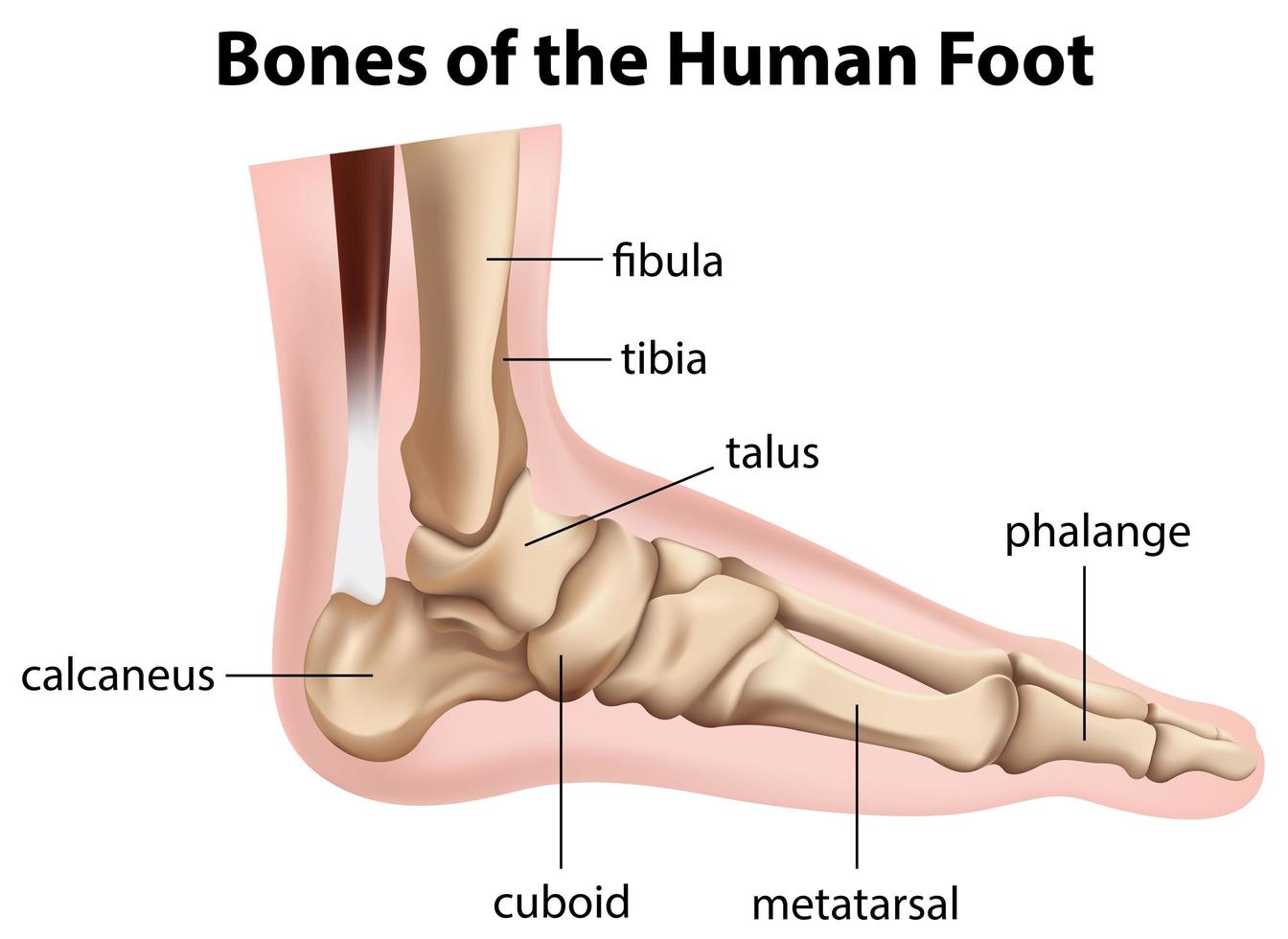
Bones of the human foot diagram 1142236 Vector Art at Vecteezy
Bones of foot. The 26 bones of the foot consist of eight distinct types, including the tarsals, metatarsals, phalanges, cuneiforms, talus, navicular, and cuboid bones. The skeletal structure of.

Lisfranc Injuries Core EM
The foot is one of the most complex parts of the body. It is made up of 26 bones connected by many joints, muscles, tendons, and ligaments. The foot is susceptible to many stresses. Foot problems can cause pain, inflammation, or injury. These problems can result in limited movement and mobility.

Diagram of The Foot 101 Diagrams
Fibula Talus Cuneiforms Cuboid Navicular Many of the muscles that affect larger foot movements are located in the lower leg. However, the foot itself is a web of muscles that can perform.

Labeled Diagram Of The Foot Teenage Lesbians
The anatomy of the foot The foot contains a lot of moving parts - 26 bones, 33 joints and over 100 ligaments. The foot is divided into three sections - the forefoot, the midfoot and the hindfoot. The forefoot This consists of five long bones (metatarsal bones) and five shorter bones that form the base of the toes (phalanges).

Understanding the Foot & Ankle Scientific Publishing
In most two-footed and many four-footed animals, the foot consists of all structures below the ankle joint: heel, arch, digits, and contained bones such as tarsals, metatarsals, and phalanges; in mammals that walk on their toes and in hoofed mammals, it includes the terminal parts of one or more digits. The parts of a dog's hind foot and forefoot.

This chart shows foot and ankle bone and ligament anatomy, normal
Anatomy of the Foot LABELED DIAGRAMS Figure 1. Sections and Bones of the Foot A. Lateral (Left) B. Anterior (Right) Figure 2. Compartments of the Foot A. Cut Section through Mid-Foot Figure 3. First Layer of the Foot A. Plantar View of Right Foot Figure 4. Second Layer of the Foot A. Plantar View of Right Foot Figure 5.

Muscular Anatomy Of The Foot
Synonyms: Talocrural joint The foot is the region of the body distal to the leg that is involved in weight bearing and locomotion. It consists of 28 bones, which can be divided functionally into three groups, referred to as the tarsus, metatarsus and phalanges.
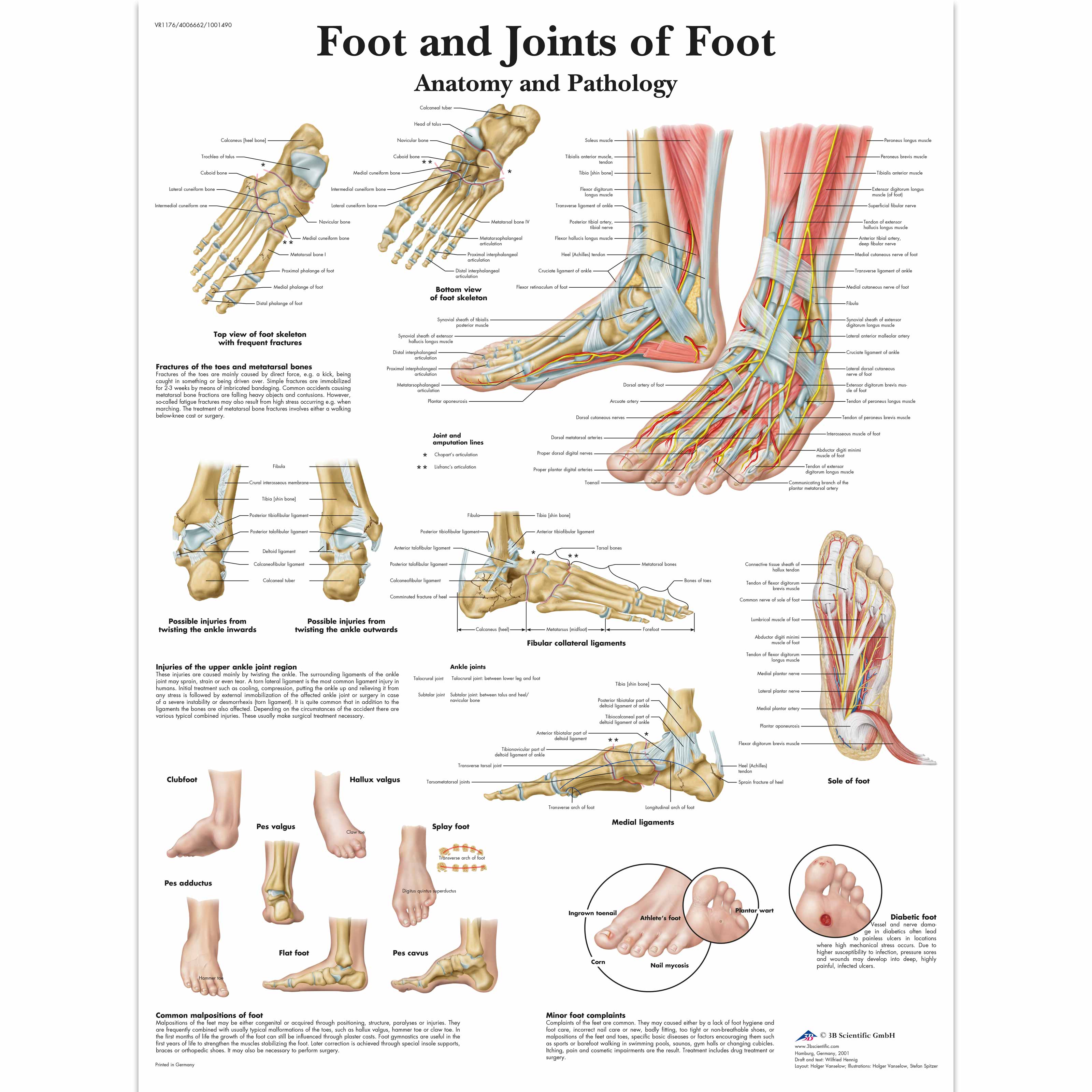
Anatomical Charts and Posters Anatomy Charts Foot and Ankle
The ankle bone is composed of three bones: the tibia, the fibula, and the talus. The tibia and fibula are the bones of the lower leg, and the talus is the bone of the foot that sits on top of the ankle joint. The ankle joint is a hinge joint that allows for dorsiflexion (bending up) and plantarflexion (bending down) of the foot. Sesamoid Bones

Anatomy of the Foot and Ankle OrthoPaedia
There are a variety of anatomical structures that make up the anatomy of the foot and ankle (Figure 1) including bones, joints, ligaments, muscles, tendons, and nerves. These will be reviewed in the sections of this chapter. Figure 1: Bones of the Foot and Ankle Regions of the Foot